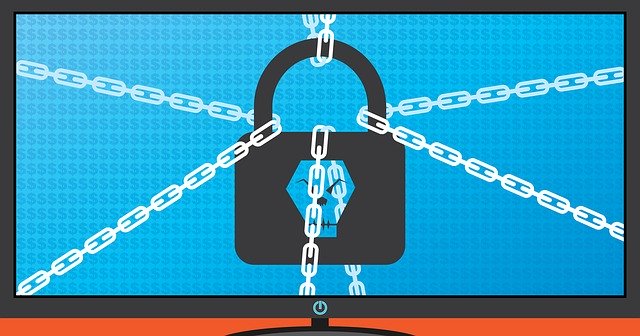Today, a huge volume of data is being generated by businesses every single day. This data requires more advanced technologies for their storage and a secured mechanism for their transit. This volume of business data is becoming more vulnerable every day. Cybersecurity does ensure the efficient operation of your business, but it is equally important to secure your customer’s information as well. Deploying the best IT practices can extend beyond having the latest technology practices in your business organization and also about staying ahead of the risks and disasters that hold the potential to disrupt your organization’s processes and bring it to a dead-end. Every day, you might have come across several alarming statistics that disrupt the smooth operations of businesses resulting in huge losses of data and money.

So, here are some cybersecurity measures that you can deploy in your business to secure your company’s data assets.
Practice 1: Using Complex Passwords
You should always use complex passwords for securing your critical data. A complex password is a hard nut to crack by hackers. Ultimately, a strong password could directly result in strong security.
Some of the best ways for creating a complex password include-
- As stated earlier, the password that you set should be difficult to guess by using 8-12 characters
- Always try to use a combination of the lower and upper case along with special characters and number
- Your passwords shouldn’t have easy guessing hints like your name or date of birth or any personal information that is available on a public domain
- You should always update your password from time to time and also look to avoid using the same password on other locations as well
- Lastly, never use the previously used password again. Keep on changing it
As a business owner, you need to create a password policy for your organization for helping your staff with best practices related to the security of passwords.
Practice 2: Keeping Software Updated
You should always keep your software and program updated. Keeping your software and systems updated gives you protection against the common bugs and vulnerabilities that might have incurred. With updated programs, devices, as well as software, helps you in avoiding the trap preys that are set by cybercriminals. The latest software updates have fixed security patches with no previously-discovered loopholes.
Practice 3: Avoid Opening Suspicious/Spam Emails
You should always avoid opening emails that you find suspicious or spam even if their source is trusted and reputed. These might be the bait in the form of phishing emails intended to steal your information. Most of the scams that take place due to phishing have been successful because they target the undoubted users that perceive these emails are coming from trustworthy sources. Once this email is clicked, they can extract the personal data from the users. You should deploy the habit of changing your email password from time to time and try to avoid scribbling your password.
Practice 4: Installing Firewalls
Firewalls serve as a shield guard between your systems and the Internet. Firewalls have been amongst the most trustworthy methods for preventing cyberattacks such as viruses and malware from spreading further. You also need to ensure that your firewall is rightly configured because, in the absence of a strong firewall, it might not prove to be that effective as it has to be.
Practice 5: Installing a Trusted Antivirus
Any cybersecurity strategy has to inevitably include a reliable antivirus for the systems present inside the business organization. Besides the addition of antivirus, the businesses must also go for anti-malware software for all-round protection. These emerge as the first line of defense in the security networks. They are responsible for the detection and removal of viruses, spyware, malware. They even eliminate potentially hazardous emails along with other downloads.
Practice 6: Training Employees About the Organization’s Cybersecurity Policies
In any cybersecurity strategy, the employees of the business are considered as the weakest link. They are responsible for enhancing business operations and at the same time are also responsible for protecting these. As a business owner, you need to ensure that training is properly carried out regarding their roles and responsibilities. Employees also need to be trained about how the organization’s policies and procedures regarding cybersecurity.
Practice 7: Using Cloud-based Backup and DR Solutions
In disaster recovery, it is often said, ‘prevention is better than cure’ and it does hold true as you don’t want any technical or natural disaster to occur. So, it remains always a good option to invest in a trust-worthy cloud-based backup and recovery solution. By investing in cloud-based solutions will help you in taking backups of your critical business data at regular intervals ensuring the safety of your data. In the case of a cloud-based backup, your data remains secured and is with you at all times.
However, these are only some recommendations regarding enhancing the cybersecurity levels of your business organization. You can deploy more stringent mechanisms for securing your business-critical and user data.

Hi Rishabh, Thanks for explaining all of these as we’ve seen this year it is so important! We must be able to log-in and not forget passwords which is so easy to do. I love LastPass to help with that. Updating software is another big one and I’m glad you talked about the firewalls. Great info!